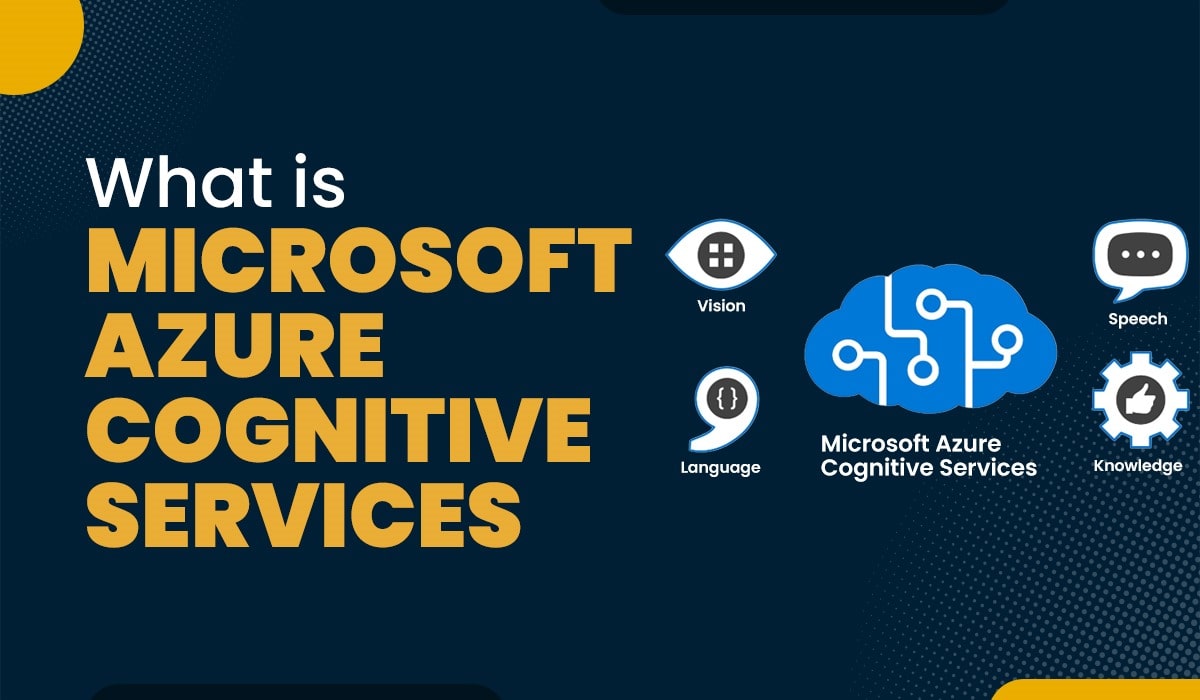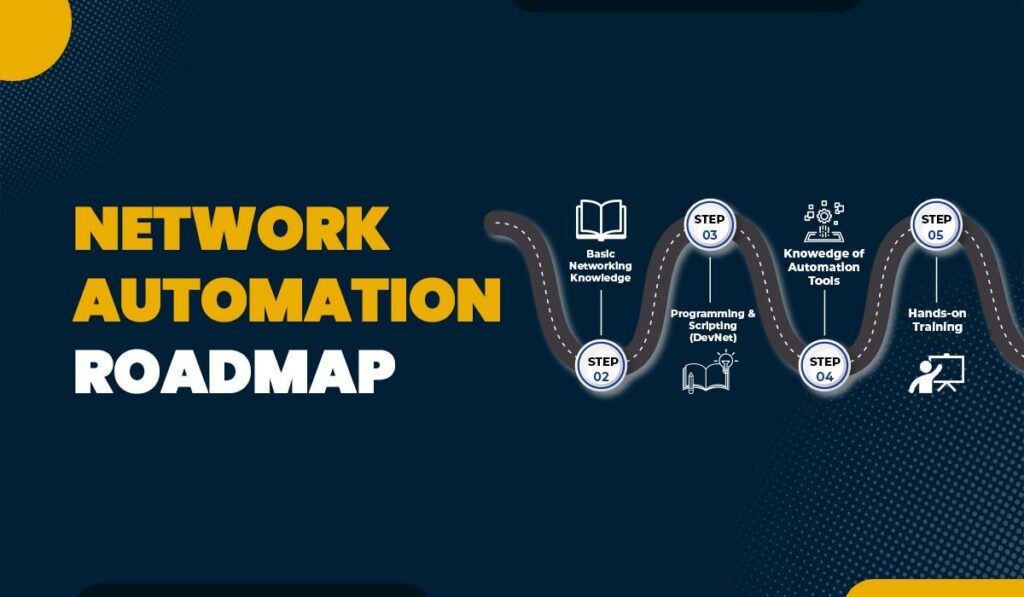Introduction
- Have you ever wondered how your favorite apps “understand” you?
- How does your phone recognize your face, or how can a chatbot hold a conversation with you?
Well, behind all these features lies the magic of “Cognitive Services.”
We are all aware of the fact that computers are good at numbers, but they have not been so good at understanding the human world. Cognitive services bridge that gap through the use of AI in order to give computers the ability to see, hear, speak, learn, and even reason as we do. So, what will we achieve by this? It adds a layer of “Intelligence” to your application that makes it more engaging and insightful.
Almost every company makes use of cognitive services in order to gain a competitive edge in their respective markets. And, Microsoft Azure Cognitive Services is one of the leading cognitive service platforms that is changing the game. In this blog, you will learn about Azure Cognitive Services, its components, features, and for better understanding, some real-life examples.
Microsoft Azure Combo Training can be a great way to gain the skills and knowledge you need to effectively leverage Azure Cognitive Services and other Azure cloud technologies. Now that you have a basic understanding of cognitive services, let us now discuss it in detail.
What is Microsoft Azure Cognitive Services?
Microsoft Azure Cognitive Services is a set of cloud-based artificial intelligence (AI) and machine learning (ML) services. With its help, developers can easily build intelligent applications that can see, hear, understand, and interpret user needs. It offers a range of pre-trained AI models and APIs that can easily integrated into applications. This allows businesses to build intelligent systems that can help automate tasks, gain insights, and finally make informed decisions.
To make things even more interesting, Azure Cognitive Services is divided into five categories in order to address specific business needs. These are:
- Vision
- Speech
- Language
- Decision
- Web Search
Let us take a closer look at each of these services and understand how they can be used to build innovative applications.
List of Microsoft Azure Cognitive Services
Below, we have discussed the Azure Cognitive Services in detail.

Vision
Imagine your app being able to see the world just like you! That is the power of Azure Cognitive Services for Vision. With the help of these services, developers can analyze images and videos, extract information, and even understand the context of visual content. Here are some examples:
- Computer Vision: With the help of this service, it is possible to analyze images as well as videos to identify objects, faces, and even emotions. You can think of this service as an application that can automatically tag your photos with descriptions or suggest relevant captions.
- Optical Character Recognition (OCR): With the help of OCR services, it is now possible to read text from images and documents.
- Facial Recognition: Detect faces, identify emotions, and even estimate age and gender.
Speech
With the help of Azure Cognitive Services for speech, you can now build apps that can understand as well as respond to spoken language just like humans. Here are the most important:
- Speech Recognition: It converts spoken words into text. You can think of it as a voice assistant that takes dictation or a customer service chatbot that understands your voice commands.
- Speech Synthesis: It generates synthetic speech from text. You can think of it as a text-to-speech app that reads articles.
- Speaker Recognition: It can help in identifying speakers in an audio recording.
- Speech Translation: This service is mainly responsible for translating spoken words in real time. This makes communication across languages smoother.
Language
Azure Cognitive Services for Language makes it possible to understand as well as analyze text data. This makes them more intelligent and helpful. Here are the most important:
- Language Understanding: It assists your app in understanding the intent as well as meaning behind the human language. You can think of it as a chatbot that can correctly interpret your questions and provide relevant answers.
- Text Analytics: This service analyzes text data in order to extract insights like sentiment, key phrases, and language. You can think of an app that helps in analyzing customer reviews in order to understand public opinion about some product or service.
- Bing Spell Check: Bing Spell Check in Azure Cognitive Services helps your apps find and correct spelling mistakes in text. It uses Bing’s powerful spell-checking engine to improve text quality.
Decision
Azure Cognitive Services for Decision assist you in making apps more intelligent based on data as well as user behavior. Here are the most important:
- Content Moderation: With content moderation, it is easy to identify as well as filter inappropriate content such as hate speech or violence. You can think of it as a social media platform that uses content moderation in order to keep its platform safe and respectful.
- Anomaly Detection: This service assists your app in identifying unusual patterns in data and flagging potential problems. It can be thought of as a fraud detection system that can be used to spot suspicious transactions.
- Personalizer: This service helps you personalize user experiences by learning their preferences and recommending tailored content.
Web Search
Azure Cognitive Services Web Search is a set of APIs that allows computers to search as well as retrieve information from the web. With its help, developers can build applications that can perform tasks such as web search, entity extraction, etc. It can be used in various industries, including marketing, customer service, and education. The sole purpose is to retrieve information and provide personalized support. Some of the most important APIs are:
- Bing News Search
- Bing Web Search
- Bing Visual Search
- Bing Video Search
- Bing Entity Search
Let us now discuss some of the advantages that Azure Cognitive Services can offer.
Advantages of Using Microsoft Azure Cognitive Services
Below, we have discussed some of its advantages.
- Pre-built AI: With Azure Cognitive Services, you do not have to build your own AI models. This will directly save time as well as resources.
- Easy Integration: It is easy to integrate various services via APIs into your apps simply.
- Cost Effective: Azure Cognitive Services offers a cost-effective way to help you build intelligent applications.
- Security and Compliance: Azure Cognitive Services are built with security and compliance in mind in order to meet industry standards. By this, you can protect your data and ensure responsible AI practices.
- Scalable: You can scale your cognitive services applications to handle large volumes of data and traffic.
Frequently Asked Questions
Q1 – What are the Azure cognitive services?
Azure Cognitive Services can be thought of as AI tools that assist your apps to see, hear, understand, and respond just like humans.
Q2 – What is the Azure Cognitive Search Service?
Azure Cognitive Search is a cloud-based search service that provides intelligent, customizable search capabilities for your applications. It allows you to extract insights from your data and make it searchable through AI-powered features.
Q3 – What is the new name for Azure cognitive services?
The new name for Azure Cognitive Services is Azure AI Services.
Q4 – Is Azure cognitive services SaaS or PaaS?
Azure Cognitive Services is a Platform as a Service (PaaS). It offers pre-trained AI models and APIs that developers can integrate into their applications without building from scratch.
Conclusion
Microsoft Azure Cognitive Services is a powerful set of cloud-based artificial intelligence (AI) and machine learning (ML) services. With the five distinct services we discussed in this blog, i.e., Vision, Speech, Language, Decision, and Web Search, developers can build intelligent applications that can see, hear, understand, and interpret user needs. Azure Cognitive Services offers a range of capabilities that can be used to build innovative applications in various industries.





